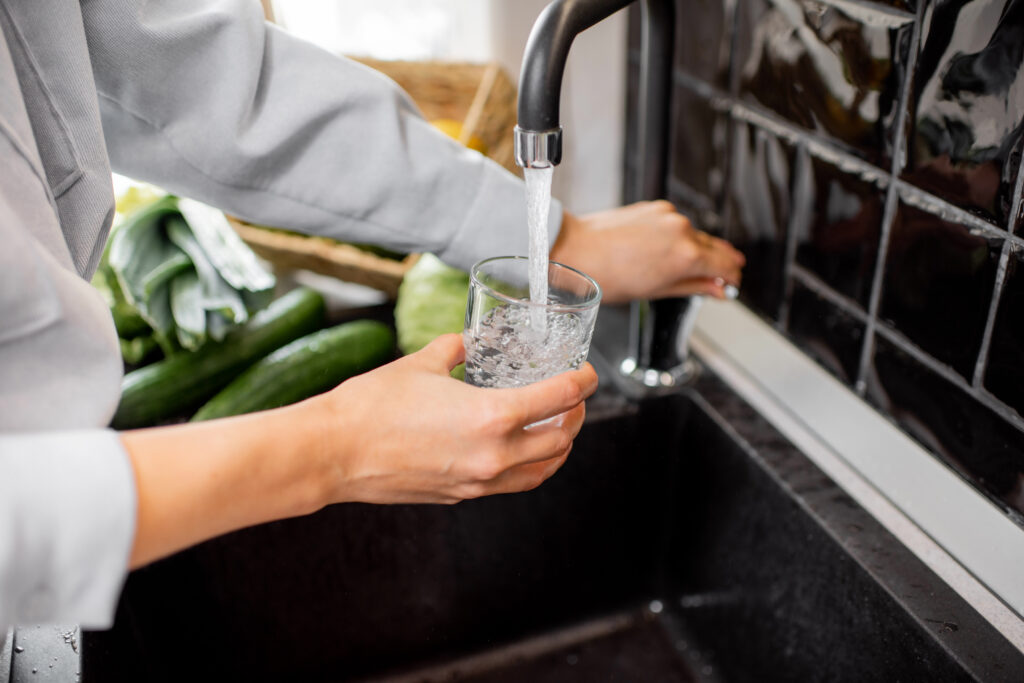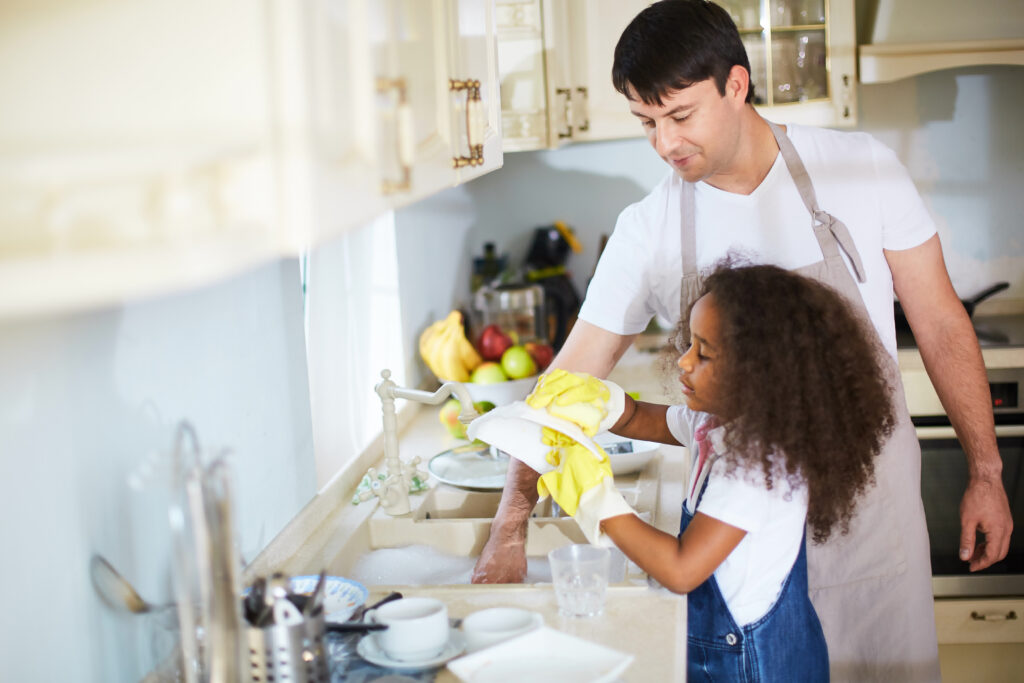How To Save On Water Costs In The Household?

How To Save On Water Costs?
Do you know the cost of a single washing machine cycle? Water never gets cheaper and, in the future is only going to get more expensive. To save money, we can protect nature whilst reducing water costs.
In addition, you don’t even need to necessarily limit your use of water since, with the help of our tips, you can begin to learn to think more economically.
Better dishwashing
Saving water should start where we use lots of it – whilst washing dishes. As washing-up is done up to several times a day – we consume a lot of water in this way. Unfortunately, there is no guide on washing dishes properly. Regardless of this, the figures can help you decide what direction to go in – We generally use between 40 litres and 200 litres of water when washing dishes.

To save water, we can wash our dishes in a sink: Soak the dishes in water, wash them using this water with dish soap, and then rinse them with fresh water. Cleaning dishes in this way will halve the amount of water used.
If it feels to you like it is unclean or improper to wash dishes this way – using standing water – then perhaps a dishwasher is the better solution. This is because using a dishwasher will result in the same amount of clean pots whilst only using 15 litres of water!
Buy a flow enricher for taps
If you want to continue washing dishes with running water, buy an enricher. This tool helps to save money by saturating the water with air.

With this great tool, we can still wash dishes with the same level of pressure, while using less water.
Of course, if the water in question is being used for drinking, using one is insignificant, although water consumption can be reduced by up to 85% when washing up and washing our hands. Making this a very effective, money-saving tool.
Use of water in our environment
When living in a family home, water is easily saved by collecting rainwater. Of course, this water isn’t drinkable straight away. But with the help of a proper rainwater collector, enough water can be collected and then treated.

With the help of pipelines, rainwater can be used to flush toilets – this would save quite a lot of water. Why pay for water if we can use some for free – if you are confident processing the water to make it usable that is.
Save while showering
We shower every day, taking into account all family members, this results in quite a large amount of water consumption. It’s better to shower than to take a bath! When taking a shower, you use 60% less water than when filling up the tub.

If you use a eco shower head, you can reduce your water consumption by a third compared to classic showers.
Shaving without wasting
Saving whilst shaving is also a good way to consume less water. It is worth using a sink full of water to rinse the razor of hair, changing it intermittently. This way, we don’t have to run the water nonstop throughout.
Replace the seal
Dripping taps can also be a problem, up to 170 litres of water can drip out of a tap, and this is only if it is releasing 10 waterdroplets in a minute.

That’s about the same as what a family of three spends flushing the toilet every day. At the first signs of dripping, replace the tap seal, as this will save you a lot of money in the long-term.
Do you know how much water the washing machine consumes?
We also asked a similar question at the beginning of the article.
We did this because washing machines cause the most significant amount of water consumption. Therefore, knowing how to save here is crucial. Also, If you have an older washing machine, you’re likely consuming more water than someone with a newer, more ecological model. These older models typically use up to 90 litres of water for a single cycle.

Modern washing machines use around 50 litres of water to wash 5kg of clothing. If you choose a ‘smart’ model that adjusts the amount of water to suit the load, this can save up to 40% more water than one without this feature.
Inspire children
The only way to reduce a household’s water consumption is by all family members contributing to these efforts. With this said, children should also be involved! Usually, children will follow the example of adults, making it easy for a saver parent to teach their children the right habits.

Children are also very emotively sensitive to the fact that some countries do not have enough water.
The need to save is much better understood by children when it is explained to them that there are places where people aren’t even able to drink when needed. This teaching method will help the child understand why saving water is important on a more emotive level! i.e., – With this method, children can be educated to not only save money but also how to conduct themselves responsibly.
Read more from Us
Wanna read some interesting facts about water here you can find 100 amazing facts you should know.

